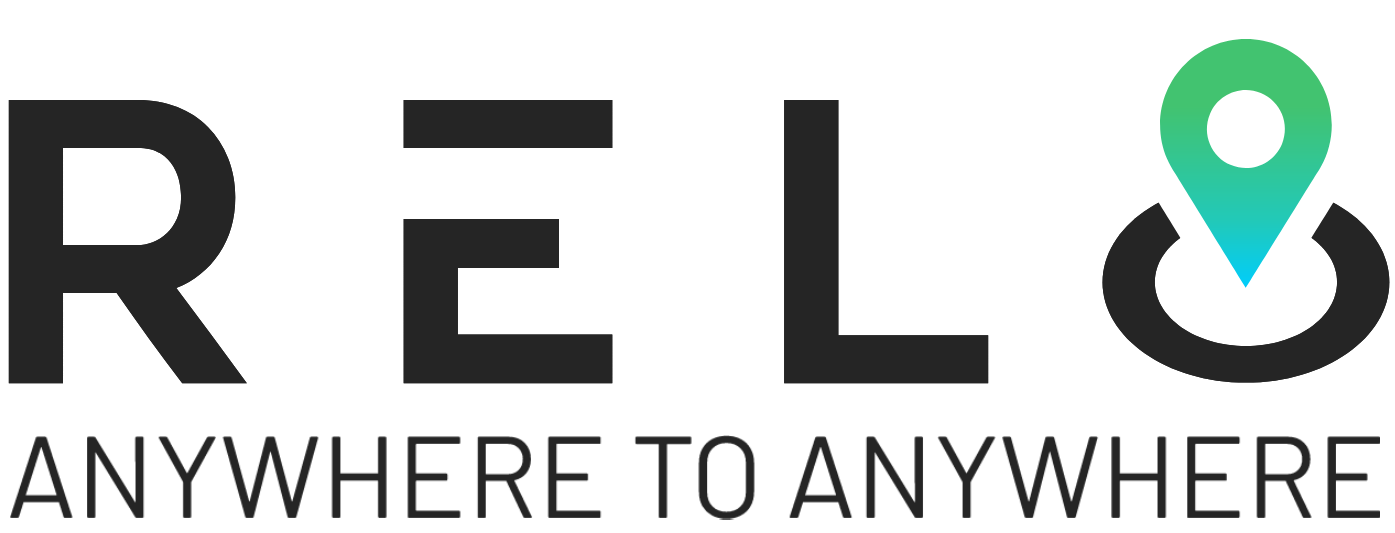Early retirement is a dream that many people aspire to achieve. The idea of leaving the workforce before the traditional retirement age and enjoying a life of financial independence and freedom is undoubtedly appealing. To help you on your journey towards retirement, we have created an early retirement checklist.
This comprehensive checklist highlights the necessary steps to secure your financial future and retire on your terms. Strategically planning, consistently monitoring, and diligently executing your financial goals are essential for early retirement. With dedication, disciplined savings, and investing, retirement dreams can turn into reality.
1. Set Clear Financial Goals
The first step is to draft a savings blueprint that aligns with your financial goals for retirement. Determine how much you need to save each month or year to reach your retirement targets. It might involve exploring options like regular contributions to a retirement fund, investing in stocks or mutual funds, or consistently setting aside a part of your income in a high-interest savings account.
Be truthful with yourself about your saving capabilities and remain adaptable, willing to adjust your plan as your financial situation changes over time. Remember, the path to earlier retirement isn’t rigid; it allows for course corrections and adaptations. Embrace change as a chance to fine-tune your strategy, keeping it in sync with your changing financial situation and retirement goals.
2. Create a Detailed Budget
Developing a comprehensive budget is key to effective financial management, especially for early retirement planning. By closely tracking your expenses, you can identify areas to cut costs. Interestingly, the average American spends 55% of their income on housing, transportation, and food. Establishing a budget helps ensure that these major expenses are kept in check, aligning your spending with your retirement goals.
By reducing unnecessary expenses by just 10%, you could boost your annual retirement savings by $2,000, assuming a $50,000 income. This diligent approach to budgeting and spending can significantly speed up your progress towards financial independence. Small adjustments in daily expenditures can have a profound impact over time, contributing substantially to your retirement nest egg.
Here are examples of monthly budgets:
| Category | Budgeted Amount | Actual Spending | Difference | Notes |
| Housing | $1,200 | $1,200 | $0 | — |
| Utilities | $300 | $280 | $20 Saved | Adjust thermostat to save energy |
| Groceries | $600 | $550 | $50 Saved | Bought items on sale, used coupons |
| Transportation | $400 | $380 | $20 Saved | Carpooling and using public transit |
| Entertainment | $200 | $150 | $50 Saved | Opted for free local events |
| Dining Out | $250 | $200 | $50 Saved | Cooked more meals at home |
| Insurance | $300 | $300 | $0 | — |
| Miscellaneous | $150 | $100 | $50 Saved | Avoided impulse purchases |
| Total | $3,400 | $3,160 | $240 Saved | Redirect savings to retirement fund |
In this example, by tracking expenses and making mindful decisions, there’s a monthly saving of $240. This amount, when consistently added to a retirement fund, can significantly contribute to your earlier retirement goals. It’s essential to update your budget frequently to reflect changes in your spending and financial status.
3. Build an Emergency Fund
Building an emergency fund is a crucial first step before diving into retirement savings. It acts as a financial safety net, allowing you to handle unexpected expenses without disrupting your long-term plans. Your emergency fund should cover three to six months’ worth of living expenses. For instance, if you typically spend $3,000 a month, aim to save between $9,000 and $18,000 for emergencies.
It provides peace of mind and financial stability, ensuring that unforeseen events don’t throw you off course. You can start small and gradually build up this fund. For example, by saving $500 monthly, you would accumulate $9,000 in 18 months. With an emergency fund securely in place, you can focus on your retirement investments more confidently, knowing that short-term emergencies are covered.

4. Maximize Your Retirement Accounts
Leverage tax-advantaged accounts like 401(k)s and IRAs to bolster your retirement savings. In 2023, you can contribute up to $22,500 in a 401(k) ($26,000 if over 50), with employer contributions being extra and tax-deferred. Utilizing these accounts to their full potential can drastically increase your retirement corpus over time. IRAs have a $6,000 limit, or $7,000 for over 50s, for extra tax-efficient savings.
Remember, traditional IRAs offer tax deductions on contributions, while Roth IRAs grow tax-free. Aim to maximize these contributions and ensure you’re getting any available employer matches in your 401(k). This strategic use of retirement accounts can enable savings of up to $58,500 in 2023 ($64,500 for those over 50), significantly enhancing your retirement fund.
5. Diversify Your Investments
Diversification is an essential strategy to mitigate risk in your investment portfolio. It’s like having multiple pillars of support beneath your financial foundation, ensuring stability and resilience even in turbulent markets.
By spreading your investments across various asset classes, you achieve a balanced approach:
- Stocks: Engage with the dynamic market and capitalize on company growth.
- Bonds: Seek stability and consistent income with a lower risk profile.
- Real Estate: Invest in physical properties, opening avenues for rental income and asset appreciation.
- International Investments: Explore opportunities in global markets, enhancing your portfolio’s diversification.
This diversified investment approach not only shields your savings from market volatility but also sets the stage for potential long-term growth, laying the groundwork for a financially secure future.

6. Continuously Educate Yourself
In your journey toward early retirement, ongoing financial education is paramount. Keep yourself well-versed in investment strategies, tax planning, and personal finance practices. This knowledge equips you to make informed decisions that align with your retirement goals and adapt to changing financial landscapes. Staying informed empowers you to make informed decisions that align with your retirement goals.
Allowing you to navigate evolving financial scenarios confidently and with ease and assurance. Feel free to tap into the expertise of a specialized financial advisor or planner who can provide tailored guidance, ensuring your financial path remains on track for early retirement success. Their insights, experience, and expertise can prove invaluable in optimizing your retirement strategy.
7. Pay Down High-Interest Debt
High-interest debt, like credit card balances, can create substantial obstacles on your journey to early retirement. It’s crucial to make paying off high-interest debt a top priority. By focusing on eliminating this financial burden swiftly, you can free up funds that were previously allocated to debt payments and redirect them toward your retirement savings.
Let’s illustrate the potential impact:
| Type of Debt | Current Balance | Interest Rate | Monthly Payment | Payoff Timeline |
| Credit Card 1 | $5,000 | 18% | $300 | 20 months |
| Credit Card 2 | $3,000 | 22% | $200 | 18 months |
| Personal Loan | $10,000 | 12% | $400 | 28 months |
| Total | $18,000 | — | $900 | — |
In this example, by committing to pay down high-interest debt, you can free up $900 per month once all debts are cleared. Redirecting this amount toward your retirement savings can significantly accelerate your progress toward financial independence.
8. Develop Multiple Income Streams
To fast-track your retirement savings, explore the creation of multiple income streams. It may involve ventures such as launching a side business, investing in rental properties, or engaging in freelance work. This proactive approach to generating additional income sources broadens your financial horizons, providing a substantial financial cushion and expediting your progress toward achieving early retirement.
By nurturing various streams of income, you not only increase your earnings but also fortify your financial foundation, making it more resilient to economic fluctuations. This diversified income strategy not only accelerates your journey to financial independence but also offers peace of mind, knowing you have multiple robust and reliable sources of financial support.
Related: 7 Creative Ways to Make Extra Money in Retirement
9. Review and Adjust Your Plan Regularly
Your earlier retirement plan should be flexible and adaptable. Life circumstances and financial markets can change, so it’s essential to review and adjust your plan regularly. 93.4% of early retirees make significant changes to their plans at least once, and 41% admit their initial plan was too optimistic. The importance of staying agile and ready to pivot as needed to secure your early retirement goals.
Frequent adjustments have been shown to increase the likelihood of achieving earlier retirement goals by 72%. Embrace continuous improvement by actively monitoring and fine-tuning your plan to turn your earlier retirement dreams into reality. You can navigate unforeseen challenges with confidence and stay on the path to financial independence.
Also read: 7 Essential Tips to Retire Early and Live Your Dream Life
10. Seek Professional Advice
When contemplating early retirement, it’s prudent to consider consulting with a qualified financial advisor. Professional advice can be invaluable in navigating the complexities of financial planning for earlier retirement. A seasoned financial advisor can offer personalized guidance tailored to your unique circumstances, helping you develop a robust retirement strategy.
They can provide insights on investment allocation, tax optimization, and risk management, ensuring your plan is well-structured and aligned with your retirement goals. A financial advisor can help you stay on track, make informed decisions, adapt your strategy as needed throughout your journey to earlier retirement, and provide peace of mind knowing you have a trusted expert by your side.

Simplify Your Retirement Relocation with Relo.AI
Relo.AI is your premier partner for streamlining the retirement relocation process, offering unparalleled support for individuals transitioning to retirement life.
Ideal for those approaching retirement or organizations aiding employees in their retirement journey, our platform provides specialized assistance tailored to retirement relocation needs.
Our wide array of services includes:
- Personalized retirement relocation planning
- Financial and lifestyle solutions for retirees
- Expert advice for a smooth transition into retired life
- Assistance with managing retirement benefits and resources
- Assistance with relocation and community integration in retirement.
We meticulously tailor these services to address the unique aspects of retirement relocation, ensuring a thoughtful, efficient, and budget-friendly experience. ?
Are you eager to start your retirement relocation? Book a consultation today to learn how Relo.AI can facilitate your transition into retirement. ?
Kick off your retirement relocation journey by filling out our form now.
In Summary
Achieving early retirement is possible with thoughtful planning and dedicated, consistent effort. This Early Retirement Checklist is your comprehensive guide to gradually reaching your financial goals, paving the way to the independence and freedom that comes with retiring early. Begin your transformative journey now and see your retirement dreams come to life.









